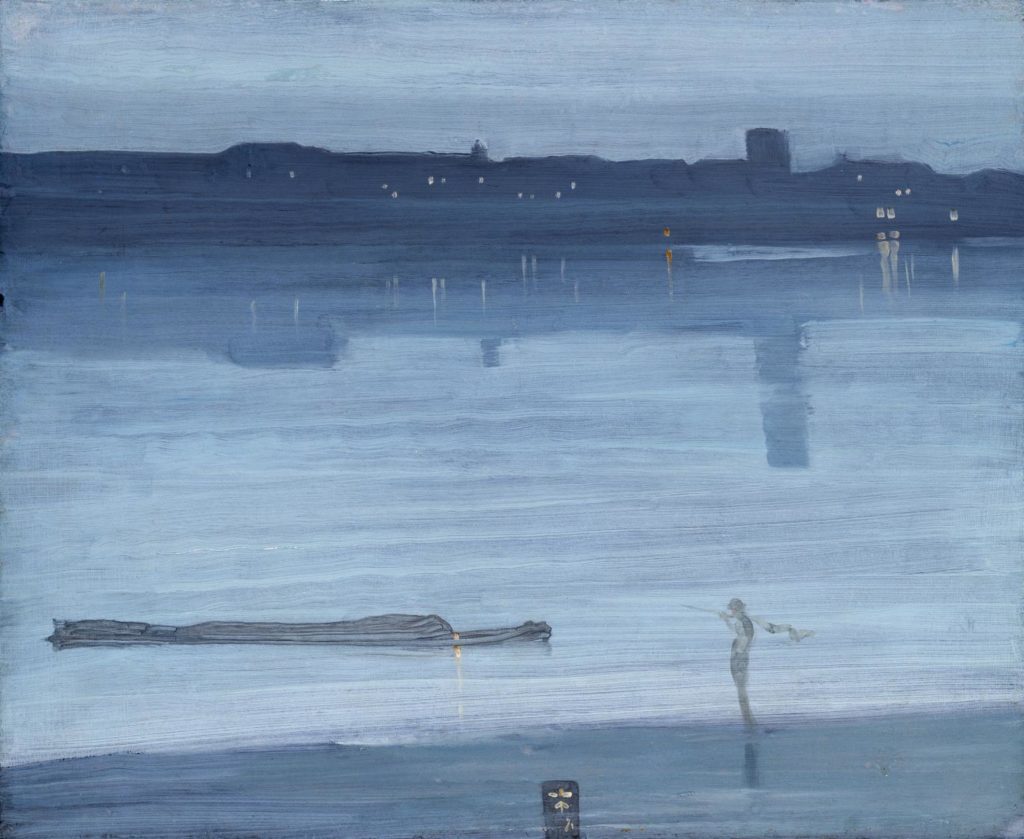By Karen Bourrier
If your syllabus looks anything like mine, at least once a semester you’re dusting off your Tennyson and Browning skills and teaching the dramatic monologue. My personal favourites to teach are “My Last Duchess” and “Porphyria’s Lover” (Day One) and then “Tithonous,” “Ulysses,” and “St Simeon Stylites” (Day Two).
This semester I decided to do something a little different. I have the privilege of teaching my Victorian literature class in one of the fancy new classrooms at the Taylor Institute for Teaching and Learning at the University of Calgary. My 40-person class has six big touch screens, and as a result we’ve been able to do a lot of hands-on work in small groups leading into discussions with the whole class.
In the past, on Day One I’ve introduced the dramatic monologue in terms of Robert Langbaum’s classic argument that we both judge and sympathize with the speaker. (The Duke is so evil! But so compelling!). Then, on Day Two, I introduce Cornelia Pearsall’s idea that the speakers of the dramatic monologue may not be bumbling fools, but might be well aware of the aims of their own rhetoric. (What if St Simeon is in on the joke that you can’t ask to be made a saint, especially by whining about the 30 years you’ve already spent atop that pillar).
This semester, in introduced a new component. We used Prism, a tool developed by graduate students in the Praxis Program at UVa that allows classes to crowdsource interpretations of a text. Students highlight portions of a text as falling into one to three categories (or facets) designated by the instructor. Then, Prism collates all of the highlights to see how most people categorized each portion of the text, which should lead to further discussion.

Prism allows collaborative highlighting of texts.
Prism works really well when you want students to highlight for two or three specific concepts, which is exactly what I wanted for my lesson plan on the dramatic monologue.
On day one, I asked students to highlight passages in Browning where they felt sympathy or judgment for the speaker. Starting with textual annotation and close reading actually led to a much more balanced discussion than I’ve had in the past when I’ve posed the question of whether we sympathize or judge Browning’s speakers. (I don’t think many students have outright sympathized with the Duke since the 1950s when Langbaum wrote his study.)
We then did two short mock trials, in which the Duke and Porphyria’s Lover stood accused of murder. One group stood as jury, and other groups were assigned the defense and the prosecution. It seems a little silly, but it was really fun, and all the same points came out that would have in a lecture or discussion. (Thanks to my colleague Anthony Camara for the mock trial idea!)
On day two, we used Prism again to highlight Tennyson, this time for sympathy, judgment, and comedy (shorthand for self-aware, motivated rhetoric), following Pearsall’s argument. Each group worked on a different dramatic monologue and was responsible for presenting their findings to the class. The groups also read portions of their assigned monologue aloud two different ways: as if the speaker is giving away more than he realizes (Langbaum) and as if he is in on the joke (Pearsall). Reading the dramatic monologues aloud helped a lot.
Many more students have decided to write on the dramatic monologue for their final paper than has been the case in the past, so I think this was a successful lesson. We’ll see tomorrow, when we tackle “Locksley Hall.” Am I the only one who has vivid memories of being an undergraduate and not understanding at all what was going on in that poem?


